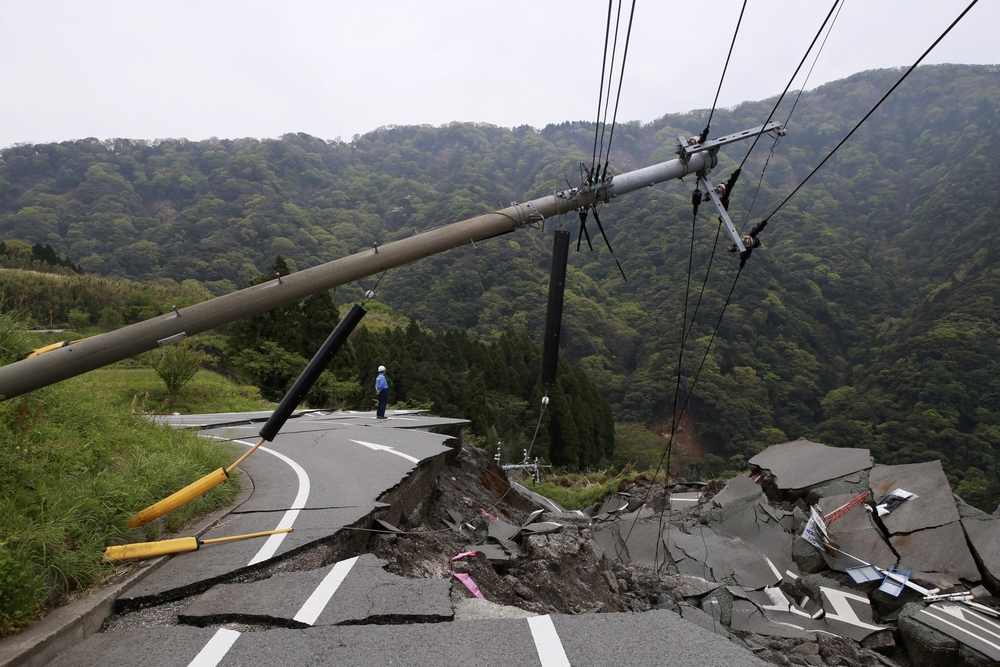
Why does California have so many earthquakes?
According to experts, the main reason why the risk of earthquakes is so high in California is because of the movement along the San Andreas fault and the several other faults within the San Andreas Fault System that create the tectonic boundary between the North American and Pacific tectonic plates.
The San Andreas fault is California’s largest and most well-known fault, but it’s not the only one that produces earthquakes. In fact, there are hundreds of other faults located below some of the most populous cities in the Golden State.
When a crustal earthquake, also known as a shallow earthquake, hits, a fault rupture may burst through the earth’s crust to the earth’s surface. These quakes can cause severe damage to roads and buried infrastructure.
In any scientific explanation about what causes earthquakes, you’ll often hear the terms plate tectonics and tectonic plates used. These two terms may seem interchangeable at first, but there’s a distinction between them.
Plate tectonics is a geologic theory describing the earth’s surface’s current and past movement. On the other hand, tectonic plates are massive rock slabs that divide the earth’s crust. They are constantly moving, which creates changes in the earth’s landscape.
Another reason that Alaska and California have so many earthquakes is because of their closeness to what experts call the circum-Pacific earthquake belt, which is located along the rim of the Pacific. That’s where about 80% of the world’s largest quakes occur.
This well-known earthquake belt is also called the “Ring of Fire.” Quakes in this area are caused by ruptures within plates and slips between plates. Earthquakes in this belt include the 1964 Alaska earthquake.























1 thought on “US States Most Likely to Get an Earthquake”
New Madrid, Mo., 1811-1812, mag. 7+.